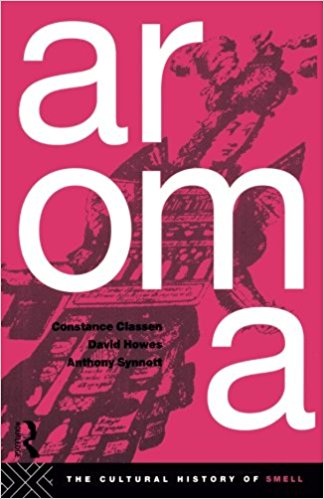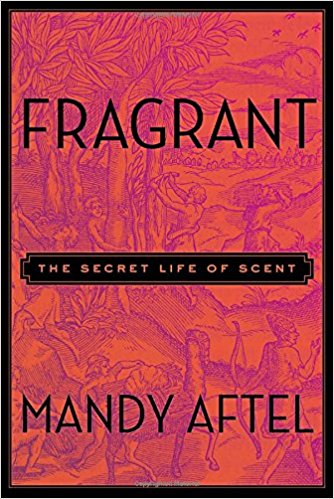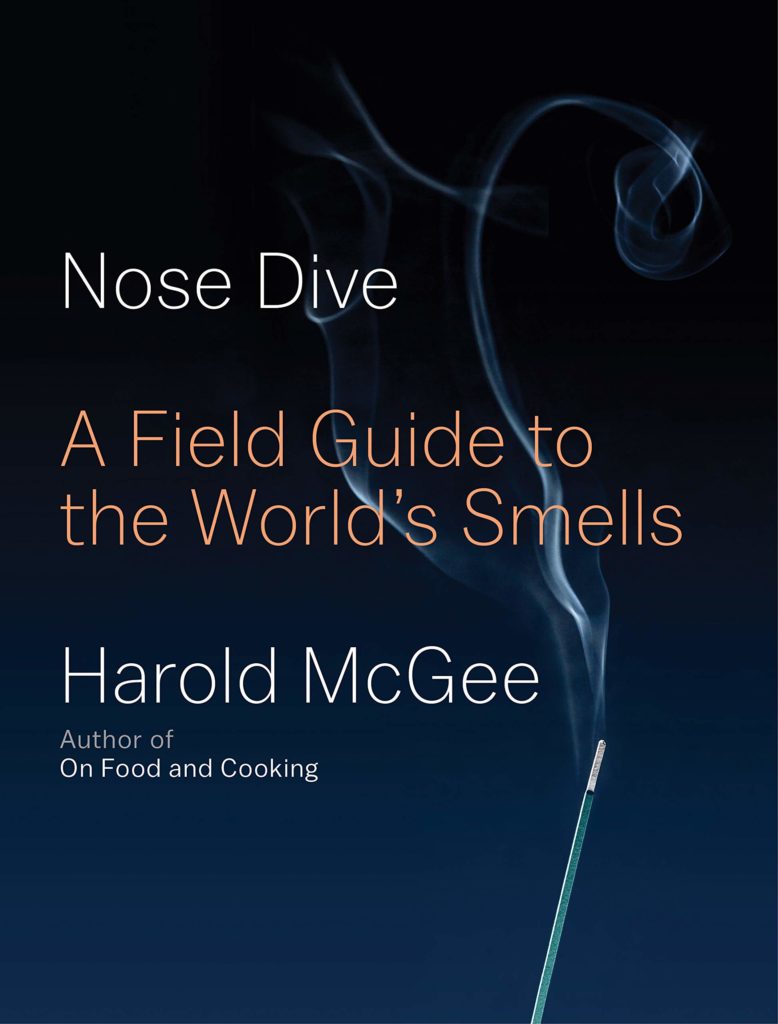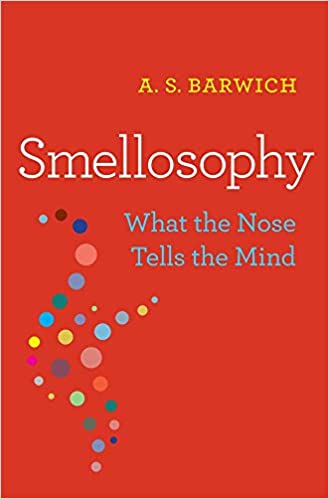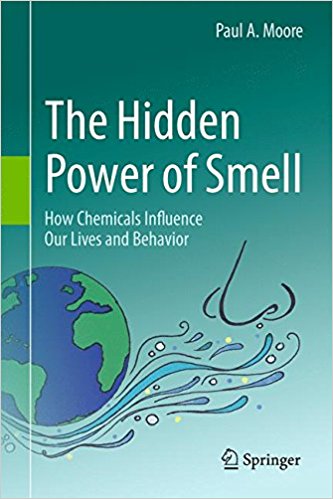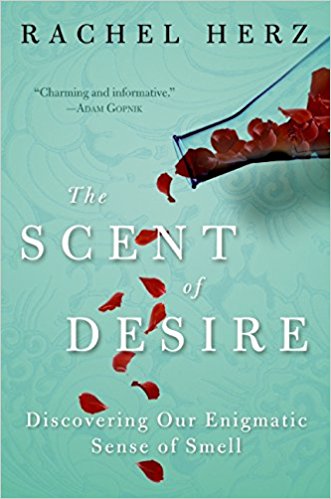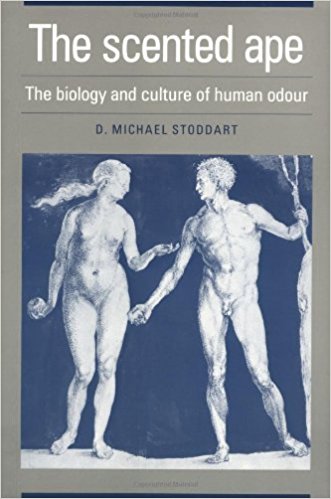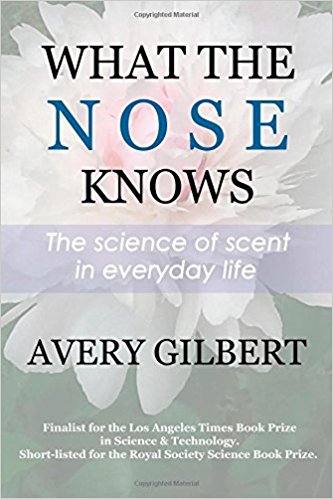Recommended Reading
Sense of Smell
- Academic Reading
- Advanced Clinical
- Energetics
- Fragrance & Wellbeing
- How It All Began
- Hydrosols
- Introductory Titles
- Older Classic Texts
- Sense of Smell
- Skin Care
- View All Books
Aroma: The Cultural History of Smell
Published: 1994
Page Count: 248
Price (USD): 69.95
Publisher’s blurb: “Smell is a social phenomenon, invested with particular meanings and values by different cultures. Odors can enforce social structures or transgress them, unite people or divide them, empower or disempower. This book breaks the “olfactory silence” of modernity by offering the first comprehensive exploration of the cultural role of odors in Western history – from antiquity to the present – and in a wide variety of non-Western societies. Its topics range from the medieval concept of the “odor of sanctity”, to the aromatherapies of South America, and from olfactory stereotypes of gender and ethnicity in the modern West to the role of smell in post-modernity.”
Robert Tisserand about the authors: “I met Constance and David in 1995, when Constance gave a presentation at an aromatherapy conference that I organized. She spoke on “A Short History of the Role of Smell in Medicine.”
Fragrant: The Secret Life of Scent
Published: 2014
Page Count: 288
Price (USD): 27.95
Amazon blurb: “In addition to providing a riveting initiation into the history, natural history, and philosophy of scent, Fragrant imparts the essentials of scent literacy and includes recipes for easy-to-make fragrances and edible, drinkable, and useful concoctions that reveal the imaginative possibilities of creating with—and reveling in—aroma. Vintage line drawings make for a volume that will be a treasured gift as well as a great read.”
Nose Dive: A Field Guide to the World’s Smells
Published: 2020
Page Count: 654
Amazon blurb: “From Harold McGee, James Beard Award-winning author and leading expert on the science of food and cooking, comes an extensive exploration of the long-overlooked world of smell. In Nose Dive, McGee takes us on a sensory adventure, from the sulfurous nascent earth more than four billion years ago, to the fruit-filled Tian Shan mountain range north of the Himalayas, to the keyboard of your laptop, where trace notes of phenol and formaldehyde escape between the keys. We’ll sniff the ordinary (wet pavement and cut grass) and the extraordinary (ambergris and truffles), the delightful (roses and vanilla) and the challenging (swamplands and durians). We’ll smell one another. We’ll smell ourselves.
Through it all, McGee familiarizes us with the actual bits of matter that we breathe in—the molecules that trigger our perceptions, that prompt the citrusy smells of coriander and beer and the medicinal smells of daffodils and sea urchins. And like everything in the physical world, molecules have histories. Many of the molecules that we smell every day existed long before any creature was around to smell them—before there was even a planet for those creatures to live on. Beginning with the origins of those molecules in interstellar space, McGee moves onward through the smells of our planet, the air and the oceans, the forest and the meadows and the city, all the way to the smells of incense, perfume, wine, and food.
Here is a story of the world, of every smell under our collective nose. A work of astounding scholarship and originality, Nose Dive distills the science behind the smells and translates it, as only McGee can, into an accessible and entertaining guide. Incorporating the latest insights of biology and chemistry, and interweaving them with personal observations, he reveals how our sense of smell has the power to expose invisible, intangible details of our material world and trigger in us feelings that are the very essence of being alive.”
Smellosophy: What the Nose Tells the Mind
Published: 2020
Page Count: 366
Price (USD): 35
Amazon blurb: “A pioneering exploration of olfaction that upsets settled notions of how the brain translates sensory information. Decades of cognition research have shown that external stimuli “spark” neural patterns in particular regions of the brain. This has fostered a view of the brain as a space that we can map: here the brain responds to faces, there it perceives a sensation in your left hand. But it turns out that the sense of smell – only recently attracting broader attention in neuroscience – doesn’t work this way. A. S. Barwich asks a deceptively simple question: What does the nose tell the brain, and how does the brain understand it? Barwich interviews experts in neuroscience, psychology, chemistry, and perfumery in an effort to understand the biological mechanics and myriad meanings of odors. She argues that it is time to stop recycling ideas based on the paradigm of vision for the olfactory system. Scents are often fickle and boundless in comparison with visual images, and they do not line up with well-defined neural regions. Although olfaction remains a puzzle, Barwich proposes that what we know suggests the brain acts not only like a map, but also as a measuring device, one that senses and processes simple and complex odors.”
The Hidden Power of Smell: How Chemicals Influence Our Lives and Behavior
Published: 2016
Page Count: 214
Price (USD): 29.99
Amazon blurb: “The main purpose of the book is to provide insight into an area that humans often take for granted. There are wonderful and exciting stories of organisms using chemical signals as a basis of a sophisticated communication system. In many instances, chemical signals can provide more detailed and accurate information than any other mode of communication, yet this world is hidden from us because of our focus on visual and auditory signals. Although we have a diversity of senses available to us, humans are primarily auditory and visual animals.”
The Scent of Desire: Discovering Our Enigmatic Sense of Smell
Published: 2007
Page Count: 266
Price (USD): 14.99
Amazon blurb: “The Scent of Desire is the definitive psychological study of the importance of smell in our lives, from nourishment to procreation to our relationships with other people and the world at large. Located in the same part of the brain that processes emotion, memory, and motivation, this most essential of senses is imperative to our physical and emotional well-being. It was crucial to our ancestors’ existence and it remains so today, profoundly shaping our emotional, physical, and even sexual lives.”
The Scented Ape: The Biology and Culture of Human Odour (Studies on Individual Development)
Published: 1990
Page Count: 186
Price (USD): 67.00
From the publisher’s blurb: “Examines the sense of smell in humans, comparing it with the known functions of the same sense in other animals. Odorous cues play a role in sexual physiology and behavior in animals and there are claims that odor can play the same role in humans. The place of odors and scents in aesthetics and in psychoanalysis serves to illustrate the link between the emotional centers and the brain. The book presents arguments to explain the way in which our ancestral past has given rise to our modern day olfactory enigmas. Containing a glossary and chapter summaries the book will be accessible to a wide audience.”
Robert Tisserand about the author: “I met Michael at the first Psychology of Perfumery conference in 1986, where we were both giving presentations. If you visit this page, you will see him right behind George Dodd.”
What the Nose Knows: The Science of Scent in Everyday Life
Published: 2008
Page Count: 290
Price (USD): 39.99
Robert Tisserand about the author: “Avery describes himself as a “psychologist, smell scientist and entrepreneur” – certainly, few people know more about the sense of smell. This beautifully written popular science book perfectly blends the author’s rich personal experience with fact. In this entertaining and enlightening journey through the world of aroma he elegantly dismantles some popular myths, illuminates the latest scientific discoveries, and offers keen observations on modern culture. From brain-imaging laboratories to the high-stakes world of scent marketing, What the Nose Knows takes us on a tour of the strange and surprising world of smell. I met Avery at the second Psychology of Perfumery conference, in 1991.”

